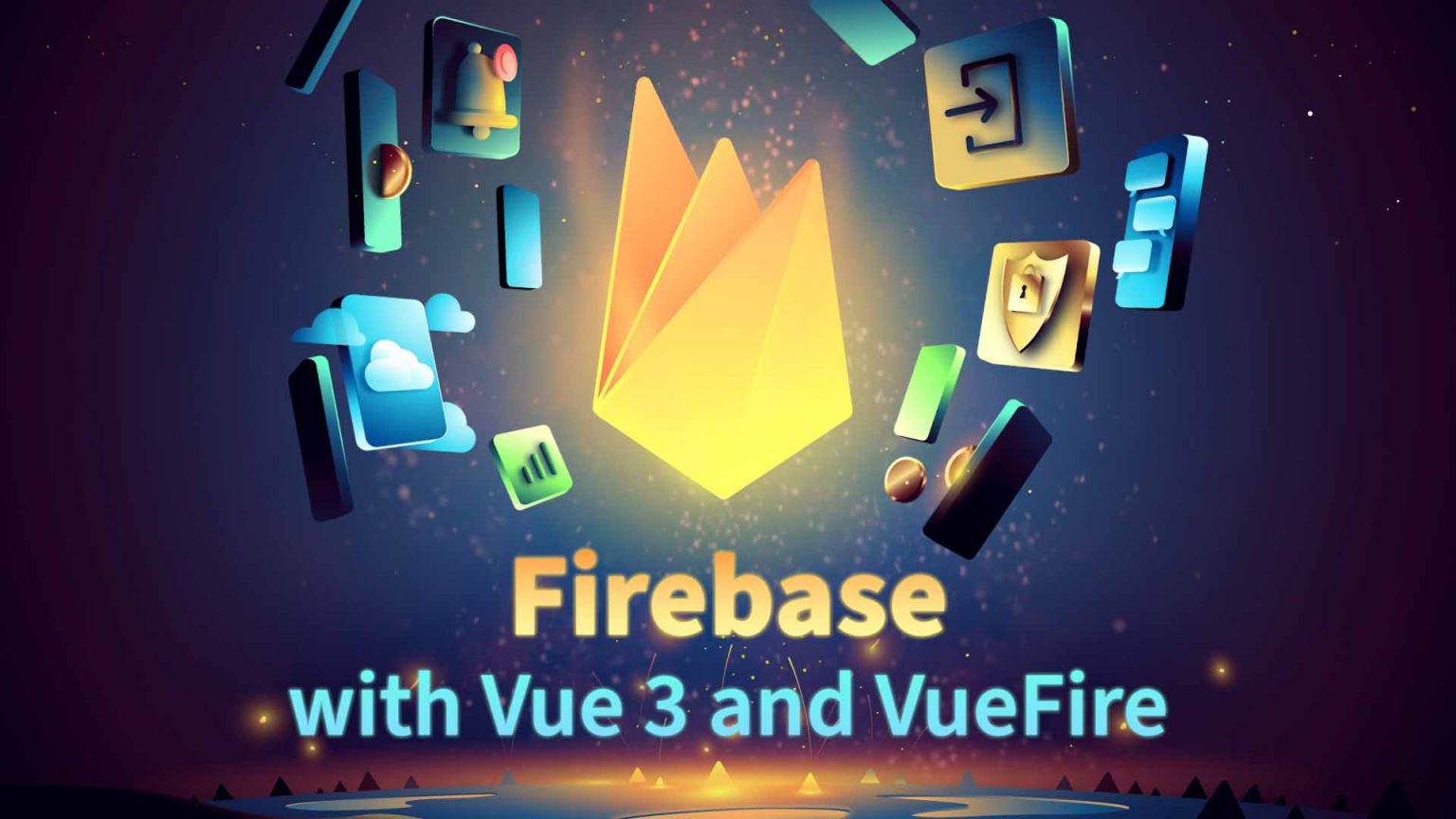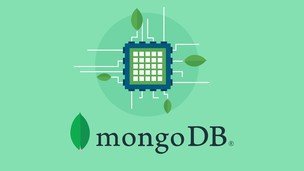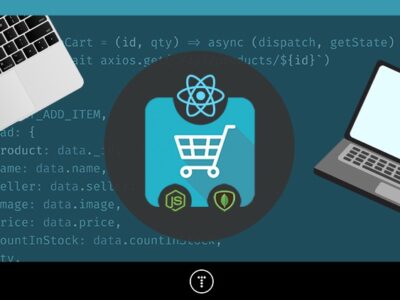So you’ve come to this point in your journey where you’ve been building powerful and dynamic apps with view, but you’re starting to hit a limit on what you can do with purely front-end technologies. For example, while it’s cool that you’re able to create individualized sessions of data locally, the reality is that users have come to have this expectation that their data will be able to persist across things like multiple sessions of using the app. And that’s where the need for a database comes in. But when it comes to choosing technology, it can be fraught with frustration and decision paralysis because, well, there’s frankly a lot to choose from.
Popular database types you should be aware of
And while going in depth on the different types of databases goes well beyond the scope of this course, I thought we’d go ahead and cover three high level categories that you should probably be aware of.
Relational databases
Relational databases are the most common type of databases when people are talking about choosing a data. And the reason for that is because they have a very highly structured approach and really they’ve been around for a long time, so people had a lot of experience with them. If you’re new to relational databases, think of them like spreadsheets where you have structured rows and columns that identify how the data should be structured and how the data is organized.
But when it comes to how they relate, you have these foreign keys, basically specific columns that have identifiers that allow you to conduct it from different rows to different tables and so forth and so forth, and that’s how you create relationships between your data. Some popular examples of relational databases include MySQL, Postgres, and MongoDB.
Graph databases
A newer category of databases that’s a bit more cutting edge, but worth mentioning are graph database. And while graph databases are also interested in the relationship between data, they’re much more specialized as far as being able to represent data that’s far more complex and has different connections in comparison to a traditional relational database.
Document databases
The third and final type of database that we’ll be talking about today is document-based databases. As the name implies, this model stores data in the form of documents that are often in A J S O format, which many of us are familiar working with as front-end develop. This is probably one of the reasons why Firebase has been a popular choice for many web developers and why we’ll be using it for this course.
What you need to know for this course
To clarify though, you don’t need any prior experience when it comes to working with databases. I just wanna make sure you have a high level understanding of what databases are and the types of databases that are out there so that when you’re learning about this one and choosing to look at other alternatives, you know what category.
That said some prerequisites, which will be helpful when it comes to navigating the code base for this course include
Intro to Vue 3 – Fundamental Vue 3 knowledge
Touring Vue Router – Basic Vue Router knowledge in regards to navigation for an app
Pinia Fundamentals – Basic Pinia knowledge in regards to state management across an app
But otherwise, in this course, you’ll be working on a food review app that you’ll be taking to the next level by implementing a database as well as user authentication with Firebase.
Course Features
- Lecture 1
- Quiz 0
- Duration 10 weeks
- Skill level All levels
- Language English
- Students 0
- Assessments Yes





